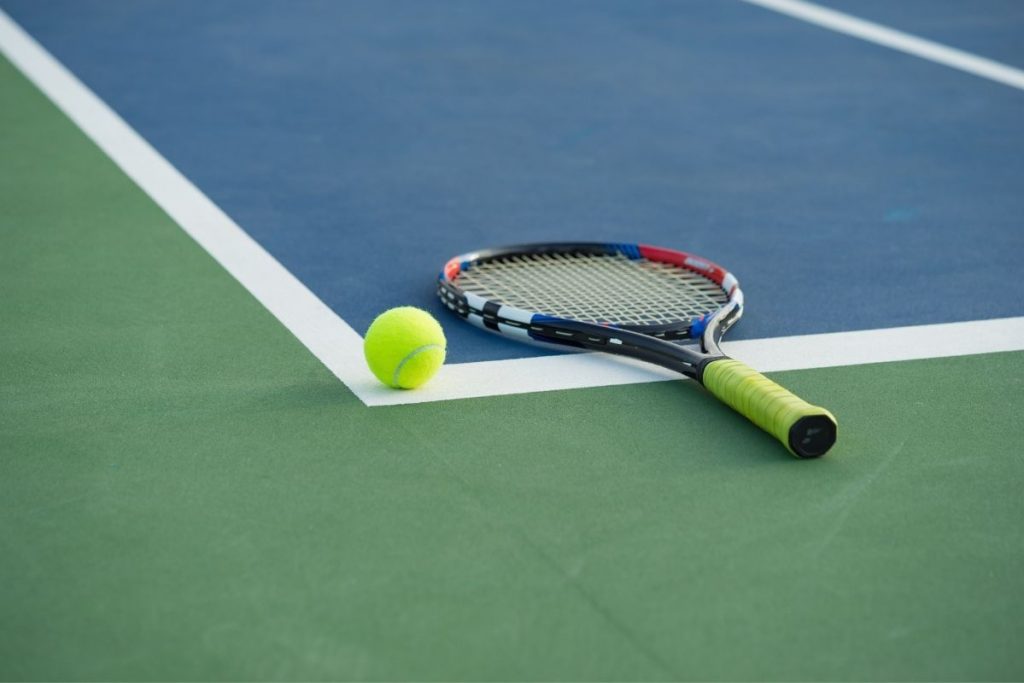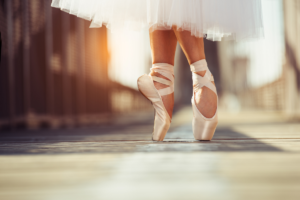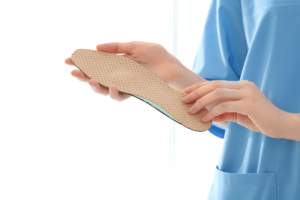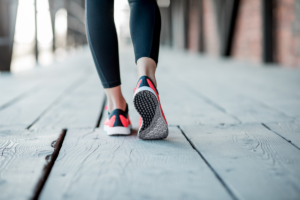Tennis players of all levels and ages have a few simple things in common – they want to become more consistent, generate more power, move more efficiently around the court and finally win more matches.
In today’s modern game there is a greater emphasis being placed on movement patterns and the player’s ability to defend then we have ever seen before. Long gone are the days where you can rely on a one, two punch to consistently finish points, due to slow environmental factors such balls and court speeds as well as the modern athlete’s ability to cover the court.
So it makes sense that tennis players need to be able to move freely and efficiently around the court in order to compete. The top athletes and coaches know that small improvements in movement can lead to big performance outcomes in the long term. So can sports podiatry help with your on-court performance? We think so, and here’s how.
Musculoskeletal Screening
This allows us to assess the athlete’s individual biomechanics and preferred movement pathways. This is an important step in the diagnosis of any underlying restrictions or deficiencies that may be leading a decrease in performance or causing a risk of injury.
Match The Hatch
No tennis shoes are made the same, much like how no player plays or moves the same. In order to get the most out of your movement on court your footwear needs to match your preferred movement pathway in order to be as energy efficient as possible around the court. This means picking the right shoe for your specific needs, and it’s not as easy as it sounds.
Tennis Specific Foot And Ankle Exercises
Tennis demands a lot from your feet and ankles due to the rapid changes of directions and the explosive movements required to get around the court each point. Building your foot and ankle strength is vital when trying to improve your court speed and avoid serious injury.
To start you off here are some simple exercises that can help increase ankle and foot strength.
Foot Exercise 1 – Toe claws
This exercise involves you laying a towel flat on the floor, once you have done so place your feet at the end of the towel and begin to claw the towel up under your foot by the use of your toes. Think of this as using your feet like a hand to scrunch the towel up. This exercise is a fantastic way to strengthen the small intrinsic muscles in our feet we use for balance.
Foot and Ankle Exercise 2 – Single leg calf raise
The name tells the story of this exercise. Placing your body weight on one leg you are going to raise up onto your tippy toes and then slowly come back down. This is one of the best exercises to increase intrinsic foot strength, ankle and foot stability, and explosive power.
Foot and Ankle Exercise 3 – Single leg squat
Once again the name says it all. Standing on one leg you are then going to slowly sit down into a single leg squat position and slowly raise back up, all while keeping your balance and pelvic control. This is undoubtedly the hardest yet the most important of all three exercises. It helps improve foot and ankle proprioception (balance) while strengthening proximal structures at the hip and core.
Post Match Recovery
Recovery is key in tennis, unlike other sports where you may get a week between events or games tennis tournaments are played day to day over a period of a week and sometimes 2 weeks if you are at the top end. Thus being able to recover and move at your peak is vital, here are some simple lower limb recovery tools you can use in your next tournament.
Recovery tool 1 – Cold plunge
Known as cold water immersion or cryotherapy, it is used to recover faster and reduce muscle pain and soreness after intense training sessions or competitions. This helps speed up your recovery and get you ready for our next match.
Recovery tool 2 – Stretching
Stretching aids with recovery and injury prevention. Stretching of the calf muscles and the hamstrings after the activity is a must. The key point to take away is stretching is important after exercise and should be avoided before matches as there is some evidence it increases the risk of injury.
Recovery tool 3 – Compression
Compression wear can be used during and after activity to help with recovery. These compression wearables can enhance blood flow through your legs for quicker muscle repair.
Studio Podiatry’s team has been involved in elite tennis for over 15 years and we love helping players of all levels make the most of their ability.
With sports podiatry treatment for tennis players of all levels, you can:
- Move quicker on court
- Reduce your risk of injuries
- Generate more explosive movements
- Enhance your recovery
- Win more matches






